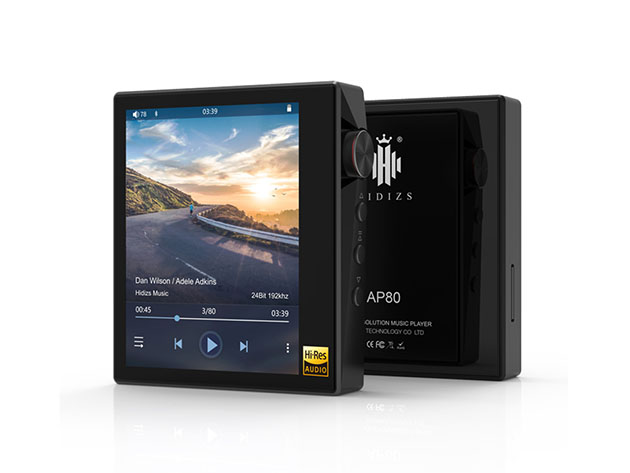WiZ smart lights are some of the coolest smart lights I’ve ever used. They have great integration with apps like Samsung SmartThings and Google Assistant. Smart bulbs are great for controlling your lights from anywhere, but they do leave something to be desired. There is no physical light switch equivalent that helps control the lights. WiZ looks to solve this with the WiZmote, a wireless controller for your smart home system.
The smart lights from WiZ are really my first real adventure into the world of the smart home ecosystem. Until now, all I’ve had around my house is Google Home devices. I have never had a smart TV or smart lights or something like a Nest thermostat. So getting WiZ, I was really excited because this was my first real adventure into the smart home jungle.
It was great at first. I absolutely loved playing with the lights and changing colors of the lights from down the street and watching the lights change through the window. That fun sort of wears off over time as you start using them in day-to-day life. A lot of people love that you can control smart lights from your phone, but to me, they actually become pretty annoying for that reason.
With a normal lightbulb, controlling the lights is simple. You flip the switch up to turn them on and down to turn them off. They immediately turn on and off. We all know this. With smart lights, the same thing happens, you can still flip the switch to turn them on and off. You can also use the smartphone app, Google Assistant, Bixby, SmartThings, NFC tags through Siri automation, and more to control the lights.




However, all these ways to control the lights adds another layer to them which honestly makes them feel inconvenient at times. This isn’t just talking about WiZ lights, which are absolutely amazing lights, but just smart lights in general. There are just too many ways to control the lights to the point at which I found myself just going back to flipping the switch. That was until I remembered WiZ sent me the WiZmote with the smart lights.
The cool thing about the WiZ smart lights is the color options. These colors are fun to just swap and have at random colors. I love just yelling at my Google Home “Hey Google, set the lights to lime green” and moments later I’m bathing in lime green light. You can also use the WiZ app and control the specific color or set it to one of the more fun presets. Some of my favorites are Party, Deep dive, and Ocean. They might not be in any way useful, but fun things really aren’t meant to be useful. They do have an actual useful one called “Plant growth,” which aids in the growth of indoor plants.



The WiZmote is what made the lights actually usable and smart for me. Instead of having to tell Google Assistant to turn on/off the lights or change the color, I just press a button on a wireless remote. It’s arguably easier than flipping a light switch. It makes these lights actually viable as smart lights.

WiZmote in its glory
The remote can do a couple of different things. It can turn on and off the lights, of course, swap between 4 different color profiles, change the light brightness, and enable night light. It’s just a single button for each different option. It’s simple and a perfect replacement for a light switch.

Party Mode on 4 lights
The night light, on, off, and brightness buttons are all set to those specific functions and cannot be changed, as expected. What can be changed are the 4 color profile buttons, and change them I did. I set mine to warm white (which is the closest to an incandescent bulb I could find), daylight, cozy, and party. The first three are more generic modes and are comfortable for daily use. I would use the party mode on weekends to get the experience of the parties I wasn’t invited to.
Using the controller to control the lights made it 100x more useful to have smart lights in the first place. Sometimes using Google Assistant or having to open the app just isn’t as fast as pressing a button. It really does make having smart lights an actually viable solution for your home. If you were going to get smart lights, I would highly recommend the WiZ lights with the WiZmote. The WiZmote really does make the smart home system feel complete.
Purchase WiZmote with Starter Lights || WiZ Smart Lights on Amazon
The post WiZmote Remote Control Review: The only reason Smart Lights are useful appeared first on xda-developers.
from xda-developers https://ift.tt/2SCZo4C
via
IFTTT
https://t.co/QchAW8OaEc pic.twitter.com/wS69CrrW1R

















 120Hz Refresh rate
120Hz Refresh rate 2k Resolution
2k Resolution 240Hz Sampling
240Hz Sampling SDR to HDR conversion
SDR to HDR conversion HDR up to 1200nits brightness
HDR up to 1200nits brightness 100% DCI-P3
100% DCI-P3